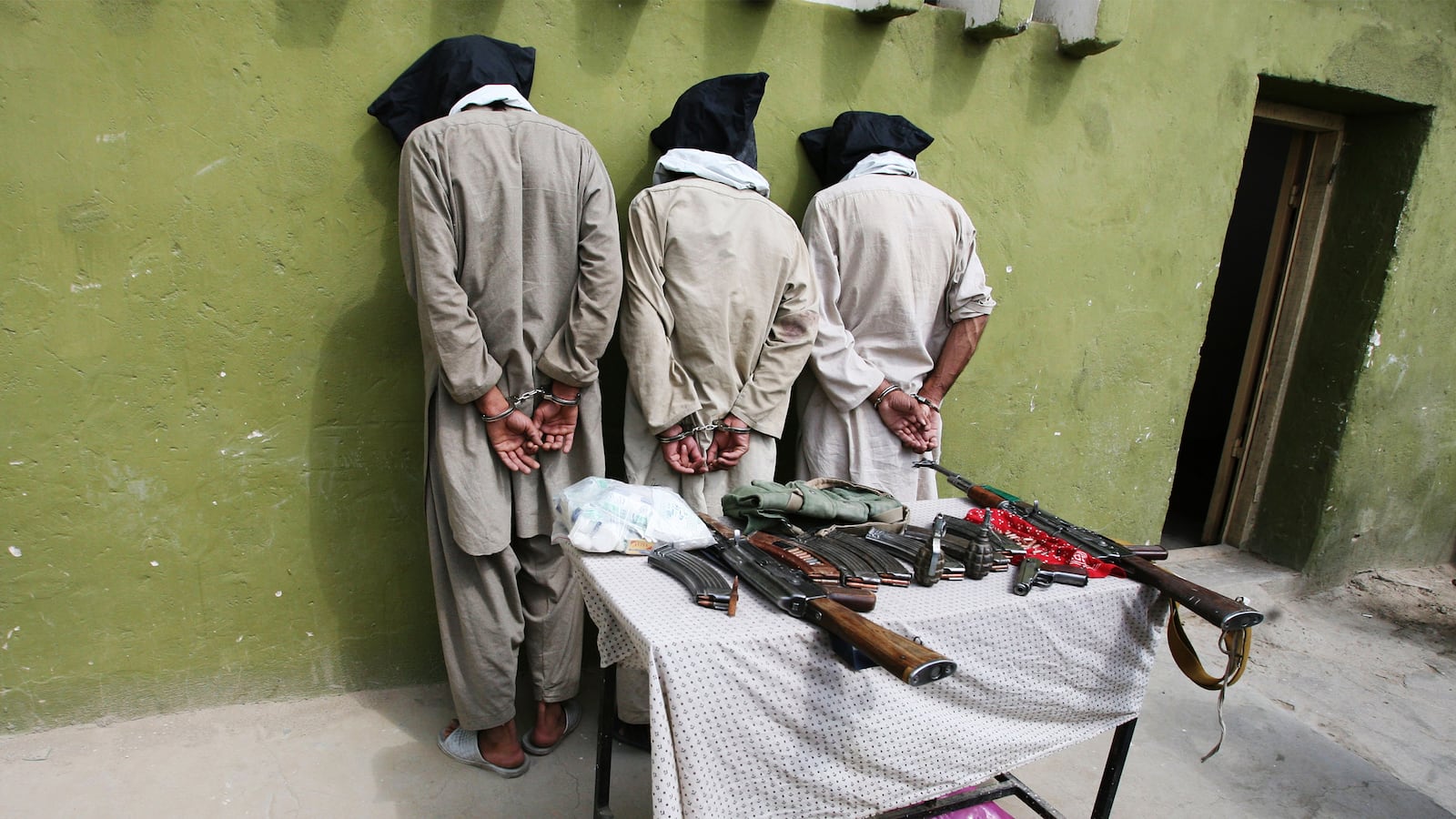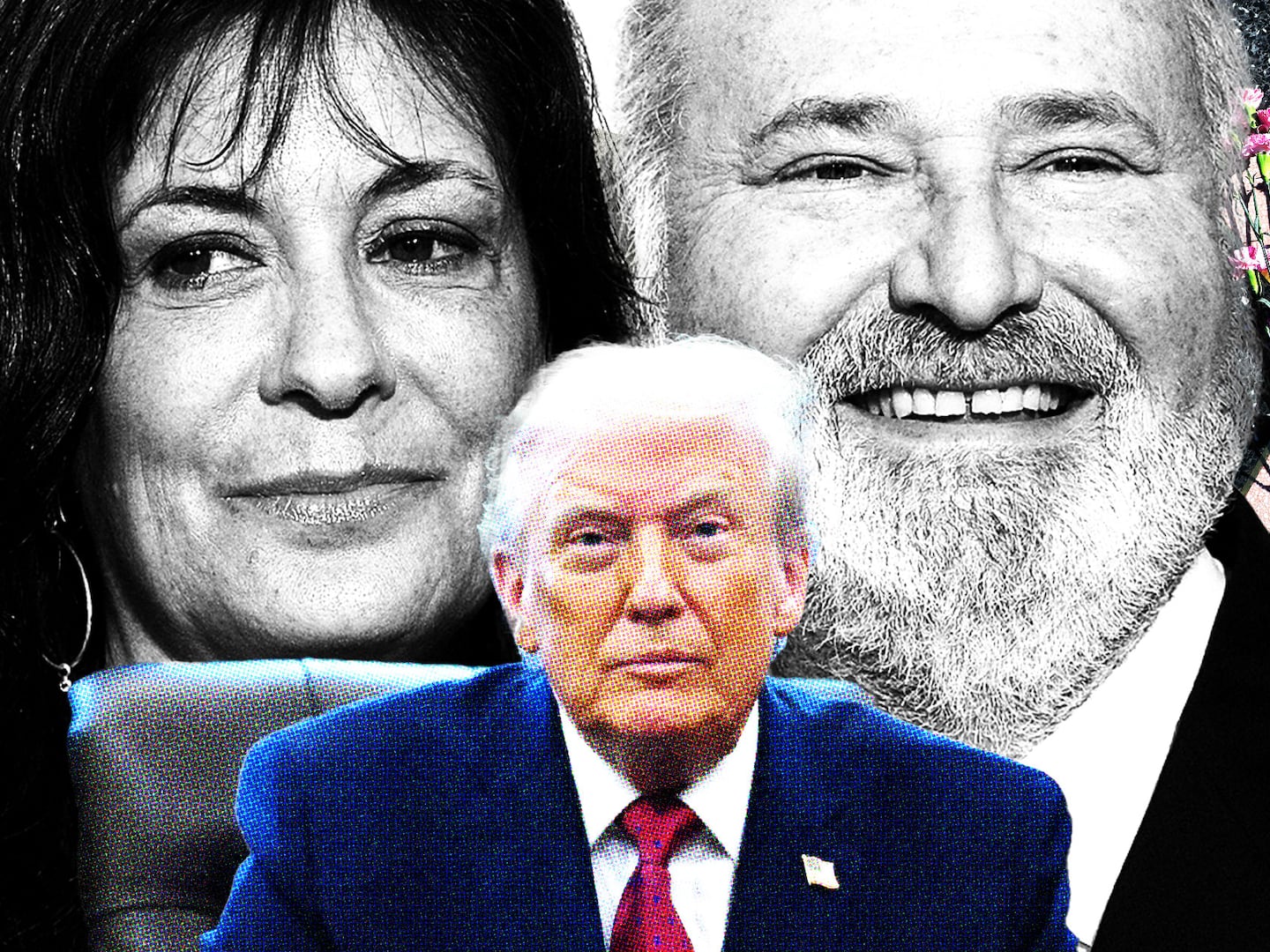KABUL — Mullah Mohammad Omar, the leader of the Taliban, is now dead, and the Taliban, we are told, are on a charm offensive. As The New York Times reported Friday, they’re pushing the line, “We’ve learned the lessons from our time in power, and we’re ready to moderate a bit.” At international conferences they deign to meet and speak with women, and they may have softened their opposition to music and photography just a bit.
But we’d be naive if we believed they’ve changed, and more credulous still if we failed to understand that the Taliban were the role model for the so-called Islamic State now spreading its gruesome practices across the Muslim world. ISIS, too, will someday claim it is “moderating” its positions, and ISIS, too, will find apologists. Which is why it’s so important to remember and understand the truth about the organization Mullah Omar led for so long.
On the very day the Taliban entered Kabul in 1996, Mullah Omar announced that Afghan girls could no longer go to school. Women could not work. In fact, women could no longer even leave their homes without a male relative.
After one week, the Taliban took several men and women into Kabul’s sports stadium, where they were executed, accused of adultery.
They then proceeded to cut off the hands of other prisoners accused of robbery, in front of thousands of people cajoled into filling the stadium.
Mullah Omar ordered women who did not wear burqas beaten in public; the same for men whose beards were less than 5 inches long. He then imposed a ban on TV and on listening to music.
Mullah Omar would go on to order the destruction of our country’s renowned, incomparable statues of Buddha, carved into the red mountains of Bamiyan, where they had stood for more than 1,500 years. The Taliban systematically annihilated the cultural assets of Afghanistan’s museums. (Does this sound familiar?)
They burned books. Cassette tape hung from trees. Photographs of people—and of all living things—were confiscated, as families watched wedding albums, family home movies, photos of loved ones destroyed.
Human development plummeted. Women could not go to hospitals. They delivered at home, and many of them, and their babies, died. Malnutrition skyrocketed. The educated, the professional class fled. The engine of our country slowed without good teachers, doctors, engineers.
The government barely functioned—even schooling for boys was limited to a sparse madrassah education—and aid agencies were severely hampered in what they could provide under the conditions imposed by the Taliban.
Mullah Omar led a campaign against civilization. He unleashed on the Afghans a terror and brutality that was unmatched in all the ugly chapters of war in Afghanistan. Civilians were not casualties; they were, rather, the target of their own government, which had corralled them like cattle into a giant prison, a new experiment in fascist administration.
People died, regularly and in great numbers. They died by execution, by starvation, by lack of medical care, by suicide, by war, and by the diseases that washed over a country whose people were left vulnerable and exposed by their overlords.
Tragically, nobody ever held Mullah Omar to account for these heinous crimes against the people of Afghanistan, nor for harboring the terrorists who shed blood far from Afghanistan. And the Taliban continue to hold Afghans hostage by refusing to lay down their arms and join a peace process, as they blow up, maim and murder civilians on a daily basis.
Today, al-Qaeda, the Pakistani Taliban, Imarat e Kavkaz, the Islamic Movement of Uzbekistan, the Haqqani Network and other terrorist groups are still enjoying the sanctuary of the Afghan Taliban. Together, they form a transnational terrorist network that will continue to pose a threat to Afghanistan, the region, and the rest of the world. And the partisans of the self-proclaimed Islamic State have become a new element of horror, vying with them like perverse prodigal sons to see who can be more savage.
To callously forgive the Taliban, to demand no justice of them, to fail even to openly discuss and account for the many crimes of Mullah Omar and his cronies, is a betrayal to all the Afghan lives lost under the Taliban, as it is to those men and women from dozens of different countries who gave their lives fighting for NATO on behalf of the Afghan people to defeat the insurgency.
It is time to end the naïve approach of dealing with the Taliban. It is time to confront the true nature of what the Taliban represent and what the legacy of Mullah Omar has been.
It is time to acknowledge that the Taliban do not want peace. Their interests in continuing the war, enjoying the protection of Pakistan’s intelligence agency, and reaping the profits of Afghanistan’s highly lucrative illicit economy, which also benefits Pakistan’s and Iran’s security establishments, are too overwhelmingly attractive for them to give up.
Ashton Carter, the U.S. secretary of defense, has said, “If you don’t have a policy, intelligence is irrelevant.” Intelligence agencies may know the whereabouts of the Taliban leadership, scattered now as it is, but their efforts are only made relevant with a policy that is sure of itself. And that policy should be one that calls a spade a spade: that deals with the Taliban as murderers of civilians, and where the significance of Mullah Omar is not a charismatic revolutionary, but a figure who oversaw a shameful period of unrestrained and immeasurable carnage. He must go down in the annals of history alongside the likes of Idi Amin, Stalin, and Pol Pot.
Meanwhile, the Afghan government and its allies in the West and elsewhere must shed the wishful thinking that the Taliban will someday tire and lay down their weapons.
The Taliban’s modus operandi is violence: They were as violent in power as they were when pushed out. For them, governance equals tyranny. The Taliban leadership in Quetta, Karachi, Peshawar, Mashad, and Zahidan must be destroyed, and whatever incarnation of leadership is left in the post-Omar era should be made to understand its choices are thus: accept the Afghan Constitution, express political sentiment within the bounds of the country’s fledgling democracy, and understand that the continued use of violence will be met by violence.
Anything less will encourage not only the Taliban, but the barbaric murderers who have chosen to emulate them.






